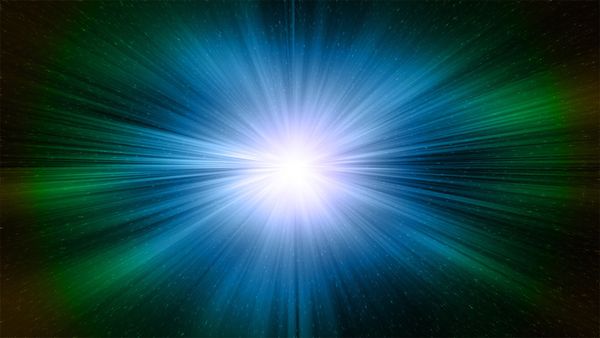Key Takeaways
- Modern birds are descended from dinosaurs, though they are far removed from their prehistoric ancestors.
- Cloning dinosaurs, like in "Jurassic Park," would face significant scientific hurdles, including the degradation of DNA over millions of years.
- The hypothetical presence of dinosaurs today would also raise questions about their compatibility with current ecosystems, including their ability to withstand modern pathogens.
You're ready to leave work for the day, but before you do, you need to check the traffic report. The concrete jungle doesn't just come populated with predatory drivers these days; dinosaurs were recently resurrected and boy, have they thrived. Just last week, a Tyrannosaurus rex took it into his head to stampede during rush hour, kicking buses and taking bites out of some of the smaller cars that crossed his path. If he's still roaming along your regular commute, you'll plan another route.
OK, let's back up a bit since that scenario is a little far-fetched. How about we consider the question: What if dinosaurs were alive today? Well, technically, many scientists would argue that dinosaurs are alive in modern times. In fact, you probably see them every day since birds are descended from dinosaurs. Minuscule avians like flittering hummingbirds might make a disappointing sight if it was the mighty reptilians of the prehistoric age you were hoping for, but that's what evolution and extinction events have dictated.
Advertisement
But back to our scenario: Researchers have toyed with the idea of recovering preserved DNA and cloning long-dead dinos, à la "Jurassic Park," but it's a challenging proposition. In Japan, efforts are under way to try to clone a woolly mammoth -- extinct only some 8,000 years -- and even that project is proving prickly [source: Macrae]. Most dinosaur species haven't walked the Earth in about 65 million years, so the chances of finding DNA fragments that are robust enough to resurrect are slim.
Not to mention the many other mile-high procedural obstacles in the way. Going back to a "Jurassic Park" scenario, let's say scientists recovered a bloodsucking insect locked in amber dating from a time when dinosaurs roamed the Earth. The potential for cross-contamination both from the entrapped insect itself (which, after all, would likely contain gut flora and the blood of other victims) or from modern organisms the specimen had come into contact with, means very little suitable dinosaur DNA would likely be recovered. If a specimen were cracked open -- assuming it hadn't rotted hollow -- it would be incredibly trying to distinguish the sources of any DNA it contained.
So, chances aren't great we'll ever need to worry whether roaming herds of theropods will disrupt our rush-hour commutes. Or even get to marvel in wonder at specimens concocted in labs occupying prime zoo real estate. After all, if dinosaurs were alive today, their immune systems would probably be ill-equipped to handle our modern panoply of bacteria, fungi and viruses. The chasm is just too large to make that a likely possibility.
On the next page, we'll explore a thornier side of the question: What if dinosaurs hadn't been almost universally wiped out some 65 million years ago when the Chicxulub meteor hit? Would they still be around today? Would we?
Advertisement


